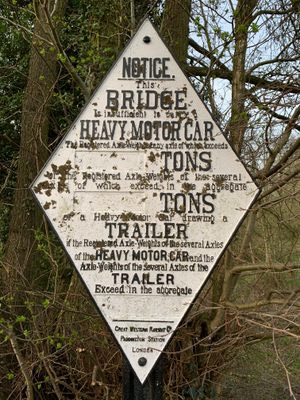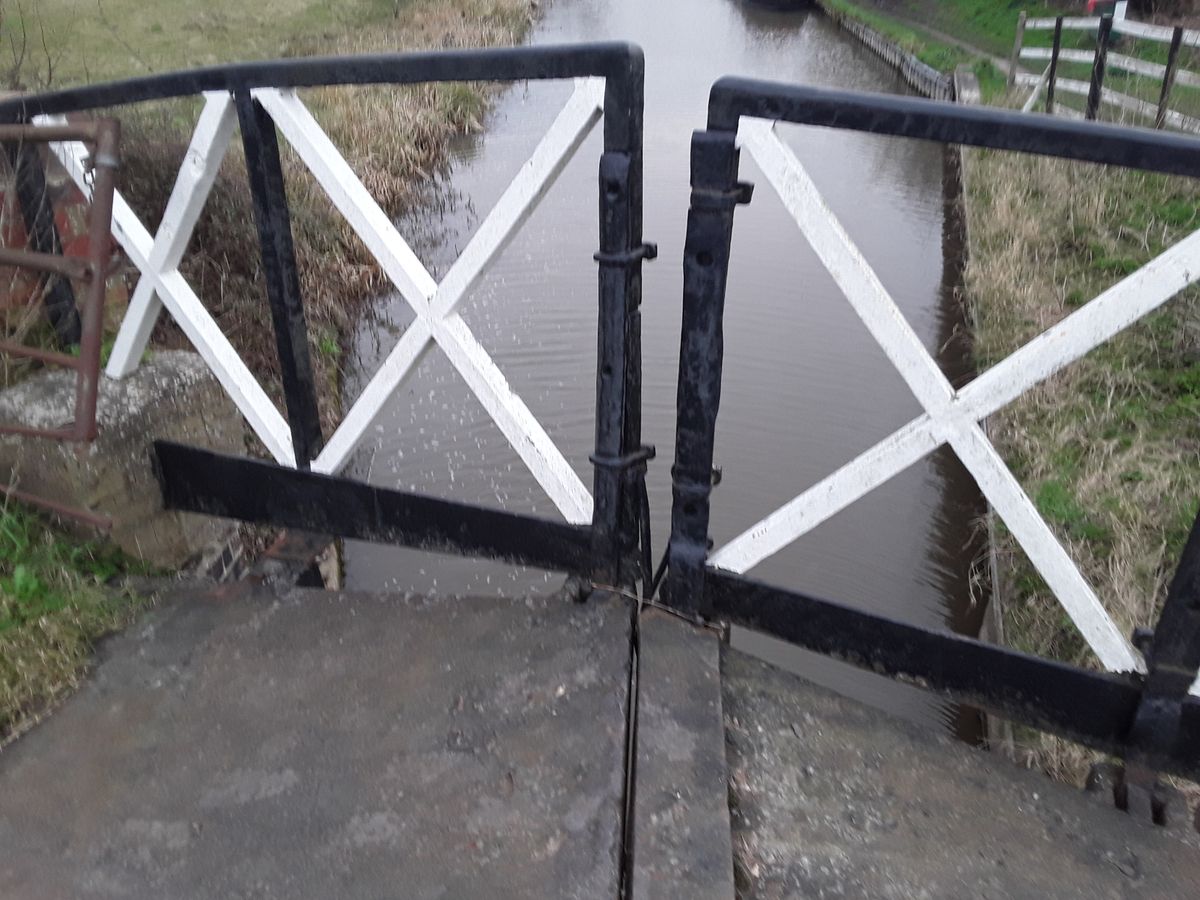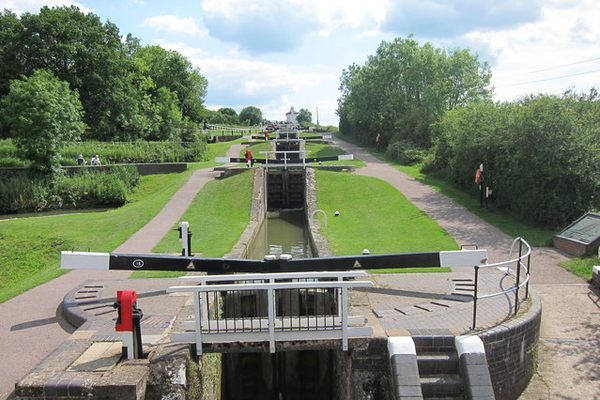About
When the South Stratford Canal was being built between 1813 and 1816, financial difficulties resulted in some innovative cost-saving measures. Among these were the characteristic split bridges.
These were made of cast iron and two separate cantilevered decks projected from each side of the canal, from brick and stone abutments. A narrow gap was left down the middle. The horse-drawn narrow boats using the canal would approach the bridge and the horse would walk round the outside while a crew member fed the tow rope down the slot in the middle. This innovative idea allowed the boat to pass without unhitching the rope.
This saved a lot of money since, as well as allowing pre-fabrication, the bridge did not have to be wide enough to have a tow path under it. These were "accommodation bridges," built to maintain an existing right of way when the canal was built and had to be built at the expense of the canal company. They were not capable of carrying heavy loads but were adequate for their purpose.
There are several examples of this type of bridge on the South Stratford Canal. Dick's Lane Bridge is one of the best preserved and illustrates the inventiveness of the 18th- and 19th-century canal builders.
Related Tags
Community Contributors
Added By
Published
May 14, 2018





































